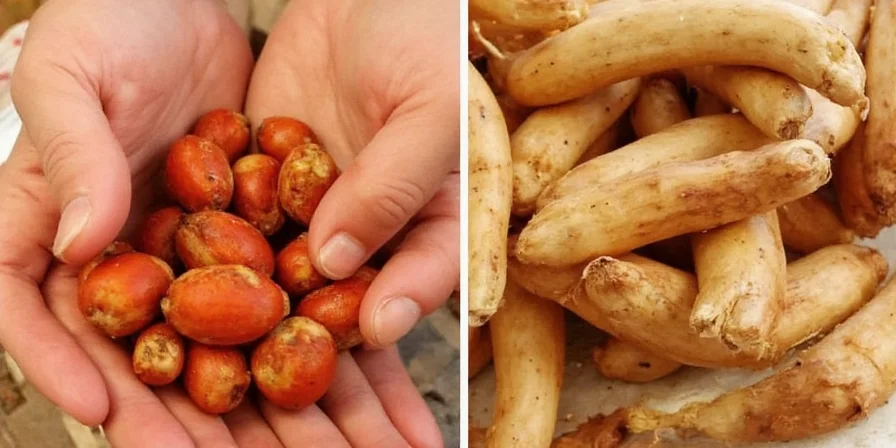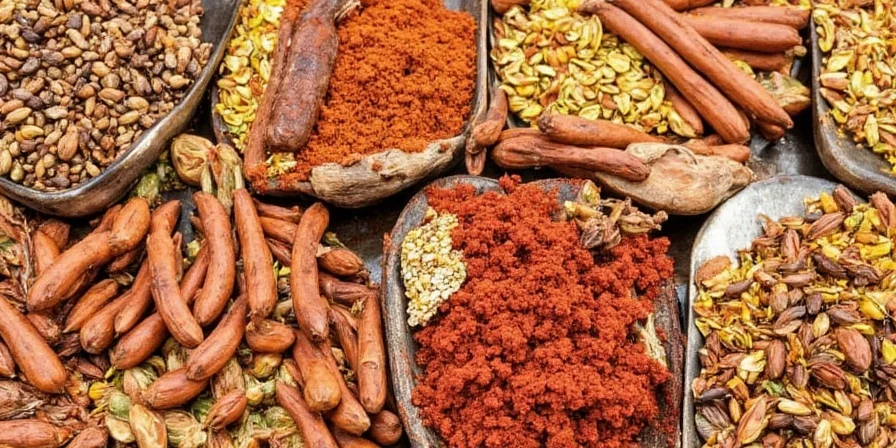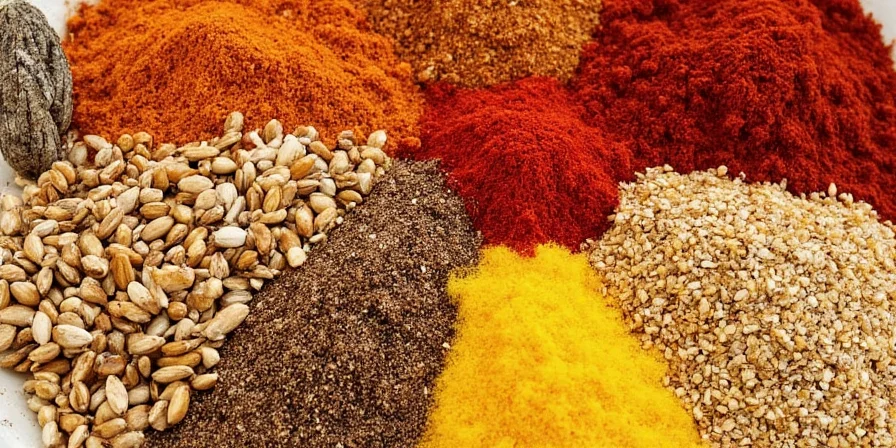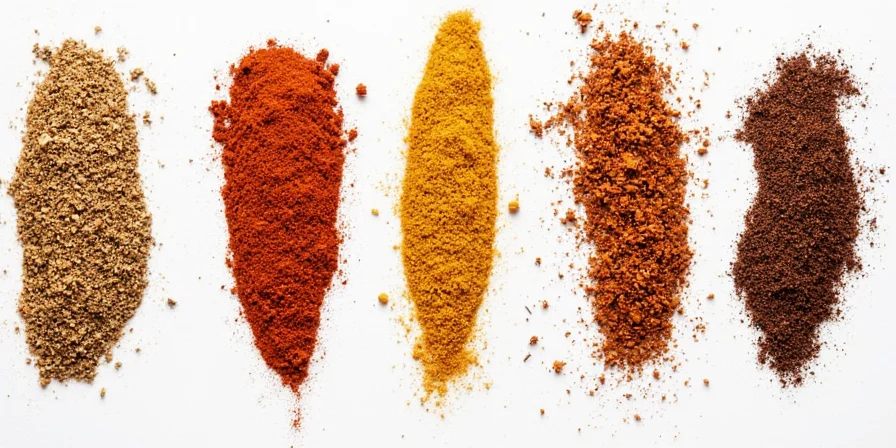5 Spices That Will Turn Your Thai Kitchen Into a Flavor Paradise
Welcome to the vibrant world of Thai cuisine, where every bite is an explosion of flavors and aromas. Whether you’re a seasoned chef or just getting started in your culinary journey, one thing’s for sure: mastering the right spices can make all the difference. In this article, we’ll take a deep dive into five essential spices that define the heart of a traditional Thai kitchen. And trust us — you won’t want to miss what #3 brings to the table!
Table of Contents
- Galangal – The Aromatic Root with a Kick
- Lemongrass – Freshness in Every Bite
- Bird’s Eye Chili – Small but Fierce
- Kaffir Lime Leaves – The Zesty Secret Weapon
- Turmeric – Golden Powerhouse of Flavor and Health
- Conclusion: Spice Up Your Thai Kitchen
1. Galangal – The Aromatic Root with a Kick

If you’ve ever tasted authentic Tom Kha Gai soup, you know the unmistakable flavor of galangal. Often mistaken for ginger, galangal offers a sharper, more peppery note that adds depth and warmth to any dish.
Pro Tip:
- Use fresh galangal whenever possible — it has a more intense aroma than dried versions.
- Slice thinly rather than chopping — this allows the flavor to infuse better without overpowering the dish.
- Store unpeeled roots in the fridge for up to two weeks, or freeze for later use.
2. Lemongrass – Freshness in Every Bite

Lemongrass is the backbone of many Thai soups and curries. Its bright citrus notes cut through rich ingredients, adding a refreshing contrast to dishes like Tom Yum and green curry.
Quick Guide: How to Prepare Lemongrass
| Step | Description |
|---|---|
| 1 | Peel off the dry outer layers |
| 2 | Cut off the tough top third |
| 3 | Crush the lower bulb with the side of a knife to release oils |
| 4 | Chop finely or slice diagonally depending on recipe needs |
3. Bird’s Eye Chili – Small but Fierce

Don’t let its size fool you — the Bird’s Eye Chili packs a punch! Used liberally across Thai cooking, it’s responsible for the fiery heat in dishes like Pad Thai with chili jam or spicy salads.
Spice Level Comparison
| Chili Type | Scoville Heat Units (SHU) |
|---|---|
| Bird’s Eye Chili | 50,000–100,000 |
| Jalapeño | 2,500–8,000 |
| Habanero | 100,000–350,000 |
Handling Tips:
- Wear gloves when slicing — capsaicin can irritate skin.
- To reduce heat, remove seeds and inner white membranes.
- Pair with coconut milk or lime juice to balance out the spiciness.
4. Kaffir Lime Leaves – The Zesty Secret Weapon

These glossy, double-lobed leaves are a staple in Thai kitchens. Their unique aroma enhances everything from soups to grilled meats. Unlike bay leaves, which are usually removed after cooking, kaffir lime leaves are often eaten whole or torn into smaller pieces before serving.
Storage Hack:
- Freeze fresh leaves in a ziplock bag — they retain their flavor surprisingly well.
- Dried leaves work in a pinch, but use about half the amount called for in recipes.
5. Turmeric – Golden Powerhouse of Flavor and Health

Turmeric isn’t just for golden lattes! In Thai cuisine, it’s used to color and flavor southern-style curries like Kaeng Tai Pla and Massaman Curry. It also has powerful anti-inflammatory properties — making it a win-win for both taste and health.
Cooking with Turmeric:
- Add to curry pastes for a rich yellow hue.
- Infuse coconut milk for a deeper flavor base.
- Handle with care — it stains easily, so wear gloves if using fresh root.
Conclusion: Spice Up Your Thai Kitchen
The magic of Thai cooking lies in balancing salty, sweet, sour, bitter, and spicy — and the right spices are key players in that harmony. By keeping these five essential spices in your pantry, you’re well on your way to recreating restaurant-quality Thai food at home. Remember, the best Thai kitchens are built on bold flavors and fearless experimentation. So go ahead, embrace the heat, breathe in the aromas, and let your inner Thai chef shine!











 浙公网安备
33010002000092号
浙公网安备
33010002000092号 浙B2-20120091-4
浙B2-20120091-4